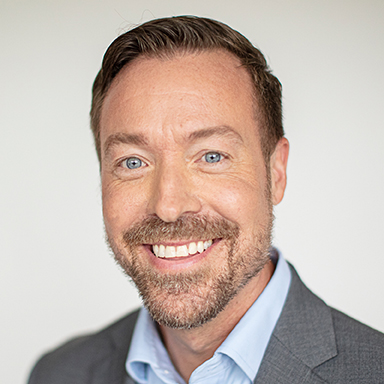Many people don’t want to spend a ton of time reviewing insurance renewals. In the past, you might have taken a quick peek before filing the documents away for the rest of the year. However, more customers are now taking a closer look at their policies as personal insurance premiums increase rapidly in many parts of the country. What’s driving these increases and how can you best respond?
A “perfect storm” of factors
The increases we’re seeing today are the result of a “perfect storm” of sorts that has been brewing for a while within the industry. Premiums stayed relatively stable from the 1990s into the 2000s and beyond, as property and casualty insurance companies competed with each other to offer the lowest prices through bundles and other offers. Insurers also continued to add policy enhancements, such as full roof replacement or sewer line coverage with homeowners insurance, in an effort to stand out.
As prices for homes, vehicles and other insured items increased over the years, insurance policies were now offering higher dollar amounts of coverage without premium increases to match. Insurance companies likely would have needed to adjust their business model at some point anyways, but the COVID-19 pandemic accelerated the urgency due to supply chain and labor challenges, increased healthcare costs and more — all of which cut into insurers’ profits.
Initially, insurance companies tried to hold the line and even offered discounts to costumers on their auto polices because people were not driving as often during the pandemic. But the rate of claims quickly outpaced the premiums being taken in, and insurers began to rethink their approach. The result has been significant premium increases for many customers. For example, auto insurance is up 19% on average across the United States between 2022 and 2023, which is the largest annual jump since 19761. Homeowners insurance is expected to climb 9% in 2023 after increasing 7% between 2021 and 20222.
Insurance companies are also starting to restrict what they cover and where they write policies, including notable cases of insurers pulling out of California and Florida3, which have elevated risks for natural disasters that lead to larger payouts. Some insurance companies have even hit the pause button on all new business entirely until they sort out a strategy. Reinsurance, or coverage that insurance companies get to ensure they have money on hand to cover claims, is also tightening, meaning the trend of increasing premiums could last for a while as insurers figure out how to do business in this environment.
What can customers do?
With premiums on the rise, it’s important for customers to be more hands-on with their personal insurance than ever before. Working with a personal insurance advisor from an independent agency is a good start, as they can provide advice and guide you in the right direction. As the name “independent” suggests, these advisors are separate from the actual insurance companies. Their job is to work with an extensive network of providers and design the right coverage plan for each individual customer.
You should also be strategic about what claims are filed. When damages are small, it’s better to find a way to repair the damage outside of insurance to avoid costly increases and surcharges at renewal. This also helps a consumer limit the number of claims on their record, which positions them better when they do shop for new insurance, as guidelines are growing tighter.
Looking for ways to prevent claims before they arise is another thing to keep in mind. Many homeowners overlook items like water shutoff devices, low-temperature sensors, and alarm systems, but these can all help prevent major claims and also provide policy discounts. For auto insurance policies, ask your advisor if your provider offers a telematics program that will base pricing in part on monitored driving behavior. The better the score on things like high speed, hard braking and rapid acceleration, the better the discounts.
As I’ve previously written about, excess liability coverage, or an “umbrella” policy, also remains a smart idea. There are credits to home and auto insurance policies when an umbrella policy is added, and it’s one of the most affordable policy types in the current market.
Finding the right insurance at the right price is no easy task for customers these days, so working with a strong partner can help make all the difference.

